The Types of Scissors You Need for Different Sewing Projects
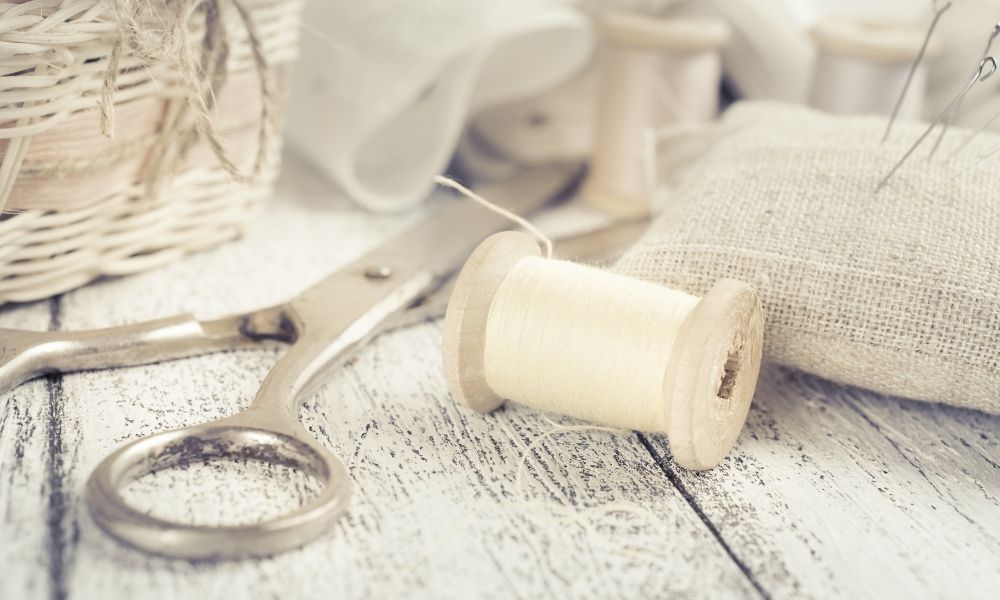

There are many kinds of scissors available on the market for various sewing projects. Beginners who are starting to sew for fun or for a profession may find it difficult to choose the right scissors when starting a project, so we’ve created the following guide to help. This explanatory list covers the five most useful types of scissors for different projects, which can help your projects go easier and faster. We specifically focused on scissors that have versatile uses for various projects. Keep reading to learn about the types of scissors you need for different sewing projects.
Embroidery Scissors
Despite the name, embroidery scissors have many uses. This small, inexpensive tool can help make hand sewing and trimming easier during any project. While you could continue using regular scissors to trim excess thread, embroidery scissors have a thin, sharp tip. This enables you to cut threads sticking out of the fabric.
Embroidery scissors come in many styles, all with that extra sharp tip. We already mentioned the standard type, but a pair with a bent tip allows for close cutting around an embroidery hoop or trimming fabric on a sewing machine. You can also find embroidery scissors that lack finger holes like pliers, which are ideal for people with larger hands. Embroidery scissors can help you complete the close cutting required for various sewing projects.
Heavy-Duty Dressmaker Shears
If you’ve recently taken up sewing as a hobby and want to start with one tool, it should be a pair of heavy-duty dressmaker shears. If you keep them sharp, you can use them on any project, making them the most versatile tool in your sewing kit. Their versatility is due to their angled handle, which allows the bottom blade of the scissors to lay flat against the fabric. This enables you to see pattern lines better and make more accurate cuts regardless of material.
You don’t have to keep sewing as just a hobby, though. Since the early Middle ages, professional tailors have, initially working on the linen garments that protected soldiers from the heavy chainmail they wore. Although most tailors don’t work on armor anymore, they’re still an integral part of society, especially as fewer people learn to sew. Other career fields require sewing skills such as embroidery and quilting for those who aren’t interested in becoming a tailor.
Whether you’re trying sewing as a hobby or are interested in turning it into a profession, heavy-duty dressmaker shears are necessary. While you can buy lightweight dressmaker shears, the heavy-duty ones are ideal because they can cut through any material, even denim and felt. Regardless of weight, the blades on these shears should be between seven and ten inches, which helps you easily cut long swathes of fabric. They also have one pointed tip and one rounded one to prevent the fabric from snagging while you cut.
Pinking Shears
These shears may remind you of craft scissors from elementary school with thick, ridged blades. However, you should never cut paper with these shears; they do much more than cut crimped lines. Pinking shears prevent fraying in cloth, allowing for a smoother, flatter look and feel, especially at the seams. This also prevents imprinting, which is when an indentation occurs along a pressed seam with differences in the fabric’s thickness. By trimming the edges of a seam with pinking shears, you can eliminate noticeable indentations.
You can use these shears to cut down on unwanted bulk in other areas as well, such as along hems and seams. Pinking shears will make the process more efficient because this tool helps you clip outside curves and notch inside ones simultaneously. You won’t have to do them separately so you can be time-efficient with your sewing projects.
Rotary Cutters
Technically, a rotary cutter isn’t a scissors-type, but a circular handheld blade. Due to this unique design, rotary cutters can slice through multiple layers of fabric at once, including leather and denim. You’ll have to buy a special cutting mat to protect your cutting surface, but this tool is worth the effort. Rotary cutters don’t cause the hand fatigue that many people experience after using scissors for long periods. Another perk of a rotary cutter is using weights for patterns instead of pinning or sketching them.
This tool is ideal for quilting projects since it can cut through many layers at once, but you can use it on any project. There are multiple blades available, so you can use the tool to cut curved or straight lines. You can also use either hand to cut with a rotary cutter, so this is a great tool for those who are left-handed or ambidextrous. Reach out to us if you’re looking for an online quilt shop in Canada that has these tools and other necessities for quilting projects.
Left-Handed Scissors
Many left-handed people have no trouble using regular scissors, but left-handed scissors enable lefties to cut more accurately because the blades align differently. When you open a right-handed pair of scissors, the blade on the right comes up and the one on the left goes down. With left-handed scissors, the blade on the left comes up while the other goes down. The blades do this regardless of how you hold the scissors.
There are left-handed options with all the tools we discussed, except for the rotary cutter which is an ambidextrous tool. Tools like embroidery cutters could be ambidextrous due to the shape of the handle, but are best suited for right-handed people. Left-handed people will be more comfortable with left-handed scissors.
Embroidery scissors, heavy-duty dressmaker shears, pinking shears, rotary cutters, and left-handed scissors are the top types of scissors you need for different sewing projects, whether sewing is your newest hobby or it’s becoming your career. While there are many more useful types of scissors, these five will start you off well. We’re happy to help you with any sewing project, so reach out to us if you require any of these tools or other sewing supplies.


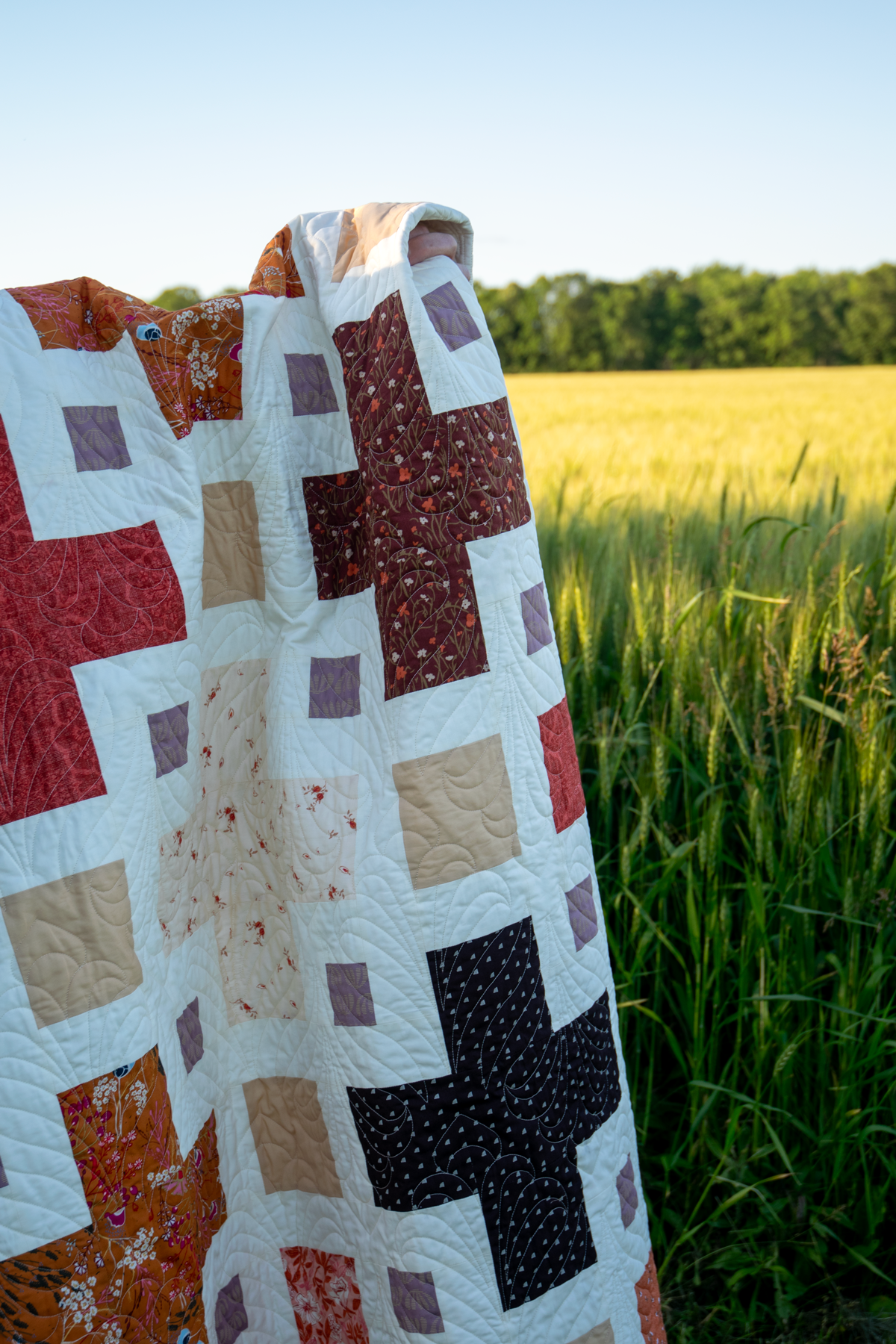

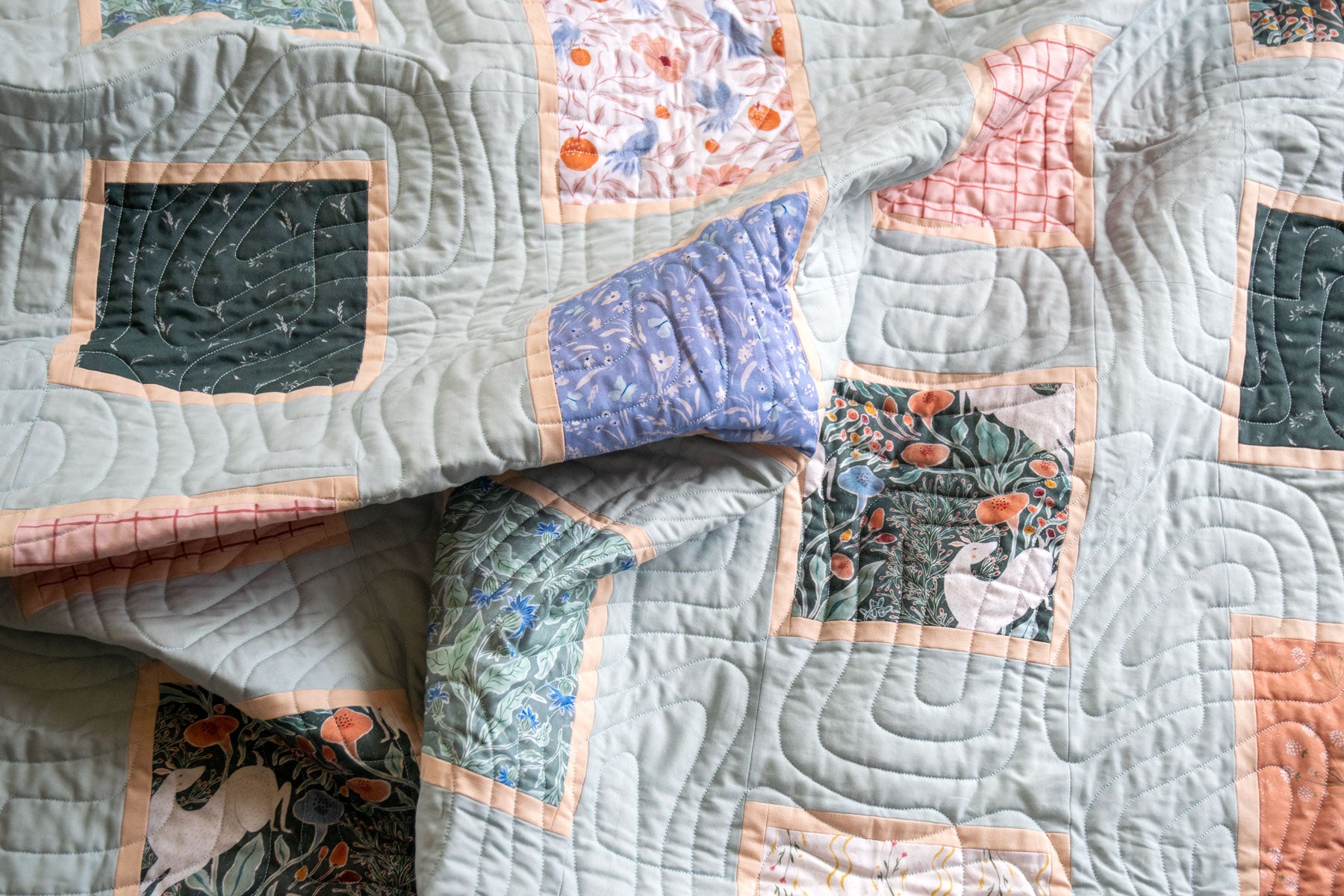
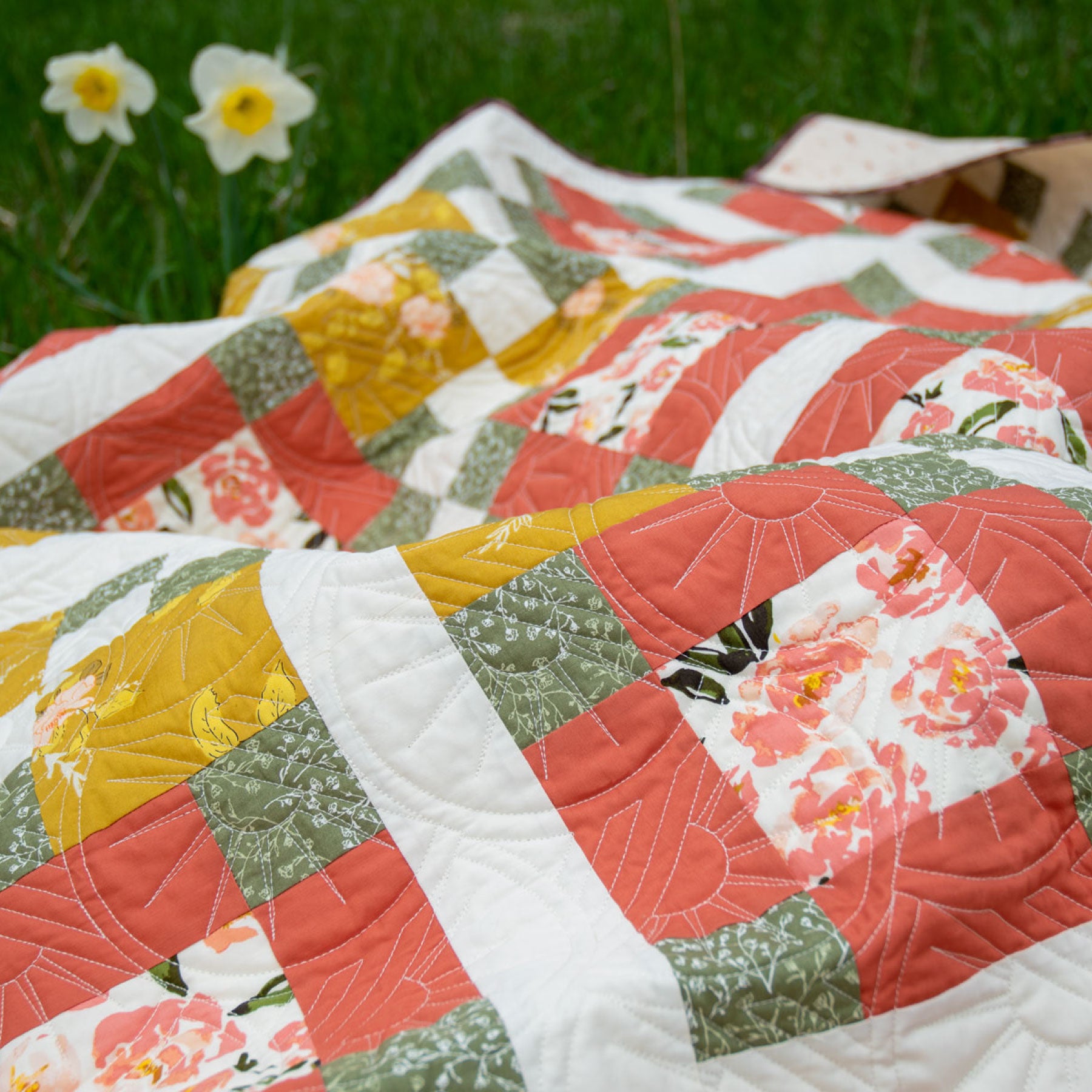
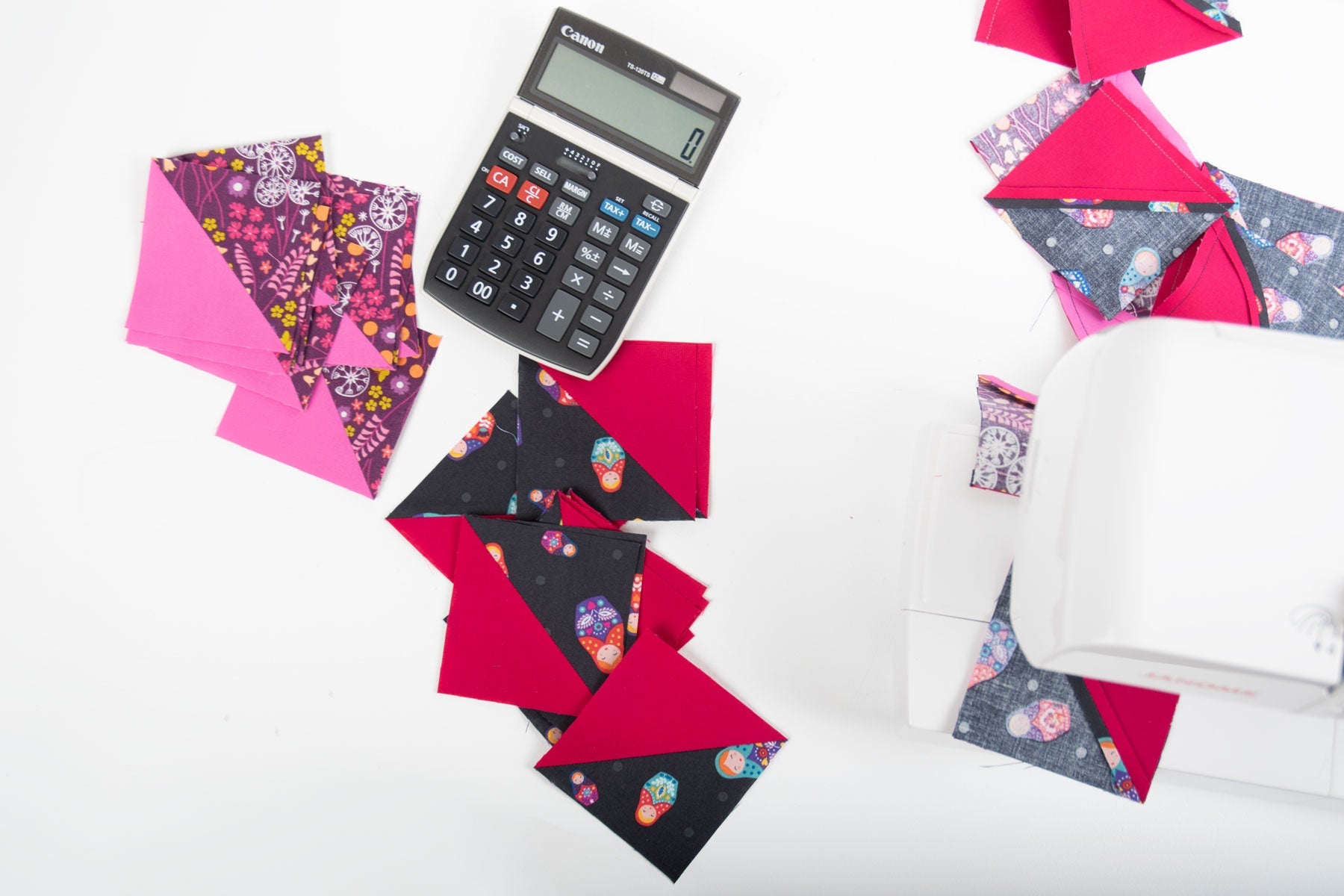
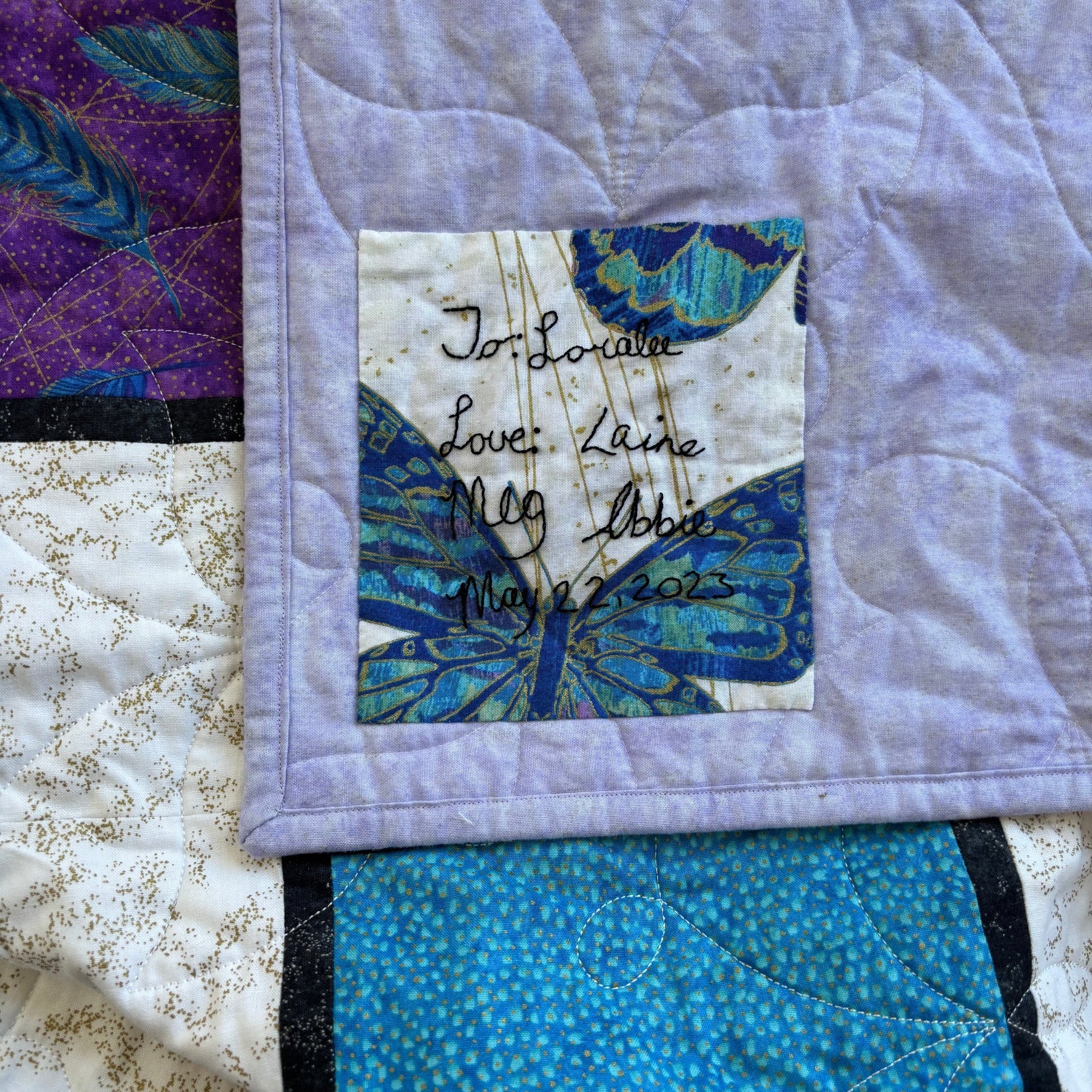
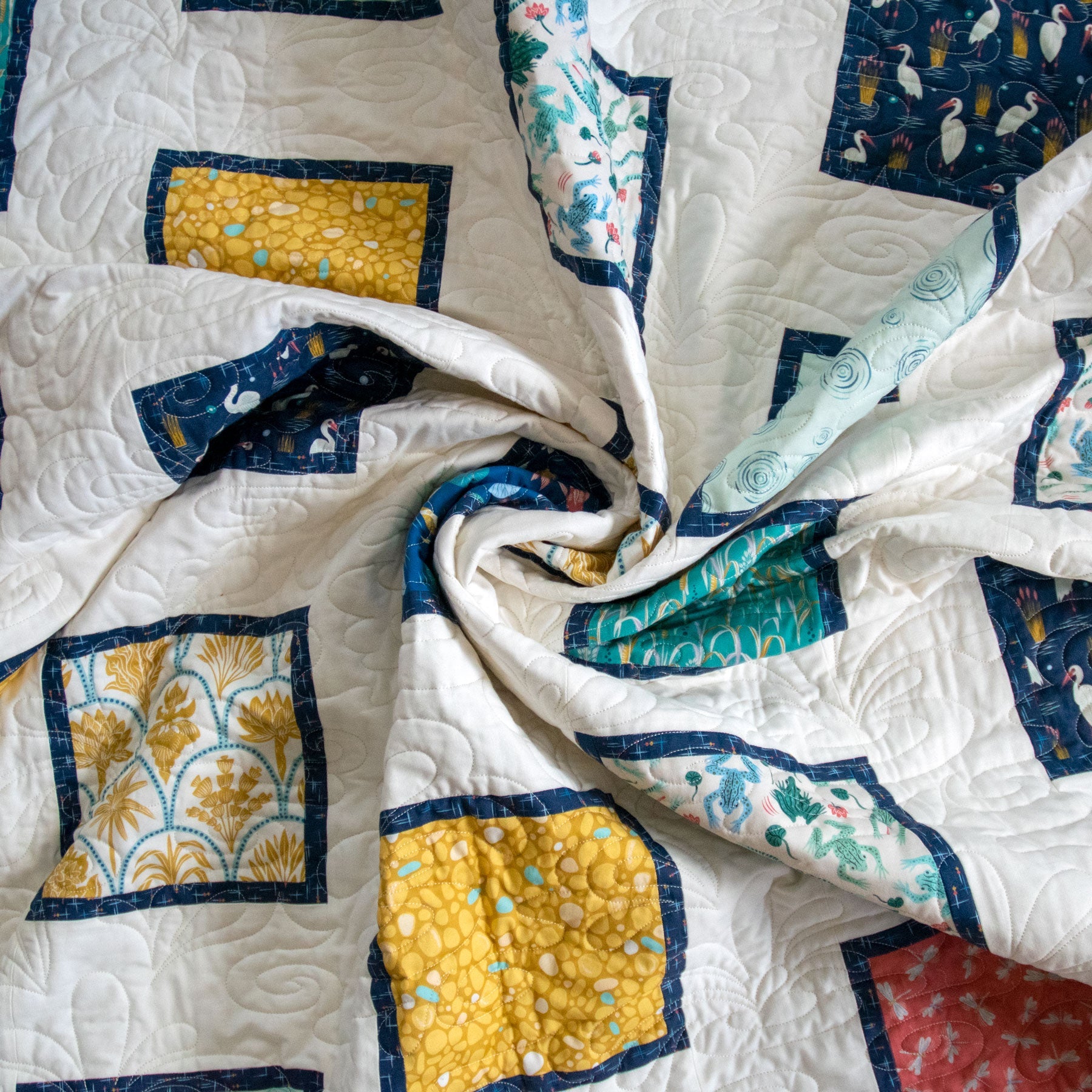

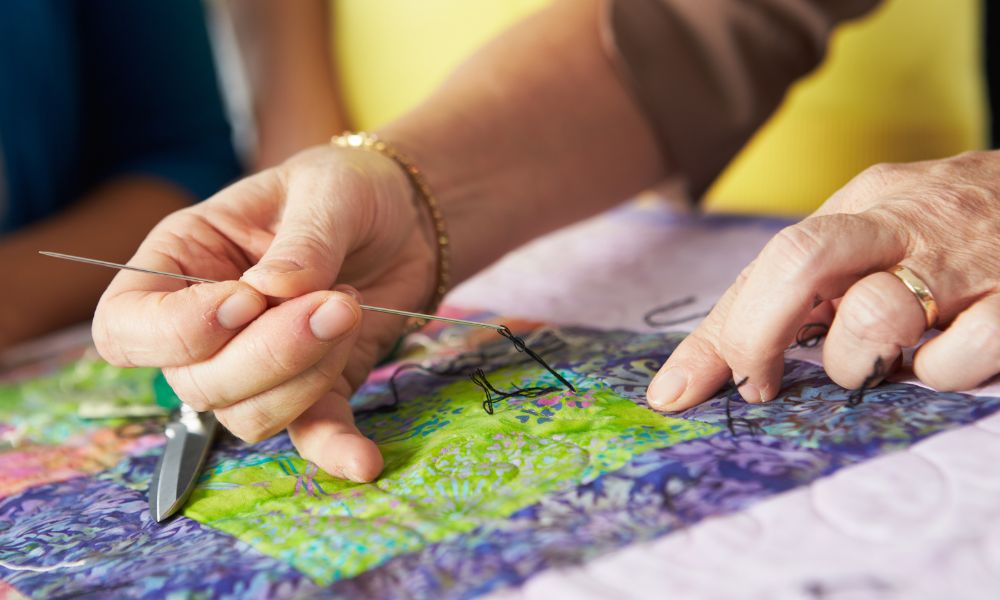
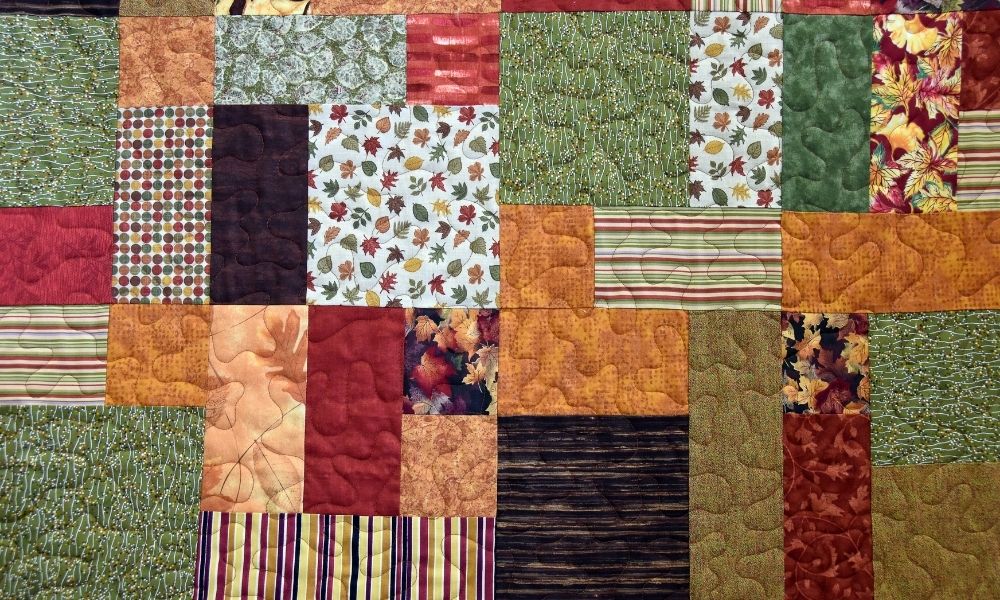
Comments